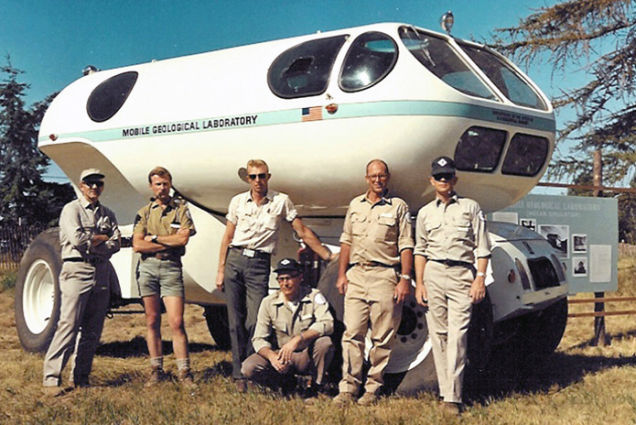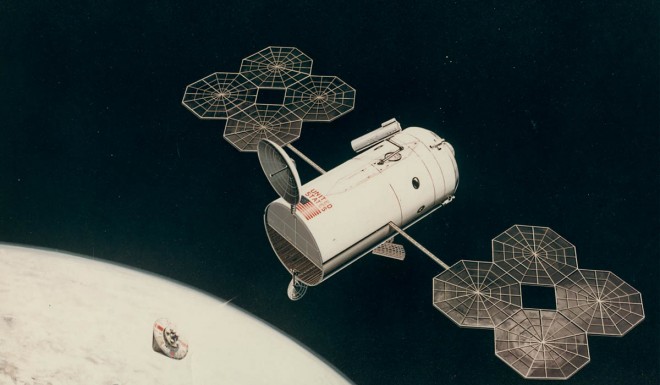The issue with being at the forefront of ambitious, outlandish ideas is that such ideas cost money, and when cost ranges in the billions, investors oft require a guaranteed return. Unfortunately for NASA, that investor/patron who decides the budget happens to be the U.S. Congress. Over the years, many of NASA scientists’ mission proposals have died at the hands on Congress and NASA budget administrators, here are some of the zaniest:
1.) GM’s monstrous moon truck 
Toward the end of 1963, while preparations for the first crewed moon landing were well underway, NASA contracted GM to produce a space RV capable of sustaining scientists for weeks at a time while driving around and conducting lunar research. A working prototype and a few Apollo landings later, and NASA decided to scrap the idea before Apollo 11 brought Neil Armstrong and Buzz Aldrin to the moon.
2.) 1970’s space settlements
Following the success of the early Apollo programs, eager scientists immediately began devising plans to build massive space colonies. As a NASA paper from 1975 reveals, some of these scientists envisioned a “space habitat where 10,000 people could work, raise families, and live out normal human lives” amidst massive rotating centrifuges that would simulate Earth’s gravity. They foresaw a self-contained sustainable living that used transported soil to grow food and create drinking water. Colonists would have their shops, schools, and parks, while working industrial jobs that harnessed lunar soil to produce resources. “Using solar energy to generate electricity and to power solar furnaces the colonists refine aluminum, titanium, and silicon from lunar ores shipped inexpensively into space,” states the report.
3.) Manned Mars and Venus flybys 
Following the success of the Apollo-branded lunar missions, some enterprising NASA souls sought to launch a new Apollo-inspired spacecraft in 1975 that would have sent astronauts on a two-year voyage past the Red Planet, sending probes to collect rock samples below, before rendezvousing with the craft on its return trip. If successful, then a subsequent mission would have seen astronauts flying past Venus by leveraging gravity from the alignment between Earth, Mars, and Venus to slingshot the craft in the correct direction. Unfortunately, the drastically decreased NASA budget that followed in the post-Apollo era did not allow for such an undertaking, instead, replacing it with a the much humbler Skylab space station.
4.) Project Longshot
Back in 1987, researchers from NASA and the US Navy proposed a plan to send a probe on a century-long journey toward Alpha Centauri B, one of the closest stars to our solar system. Dubbed Project Longshot , the probe would have traveled a distance of 8,300 miles per hour using a nuclear fission reactor. Data would be periodically beamed back using laser. Given the longevity of travel time and the cost of developing the engine, NASA bosses refused to fund the mission.
5.) Titan Mare Explorer (TiME) 
When the concept of exploring Saturn’s moon, Titan, was first put on the table, NASA scientists devised a plan that would send a boat-like probe called Titan Mare Explorer to cruise the surface of Titan’s liquid methane filled lake. The idea was that the probe could study the chemistry of the sea to understand how the methane cycle work and search for evidence of prebiotic processes. However, because Titan’s cloudy atmosphere blots of the sun, the probe would need to rely on a new plutonium-powered nuclear generator to remain functioning.
Unfortunately, the plan was scrapped in 2013 in favor of an underwater submarine, as the same devise can be reproduced and sent to explore the underground ocean of Jupiter’s moon Europa in addition to Titan.
Source: Vox via MSN
Advertisement
Learn more about Electronic Products Magazine





